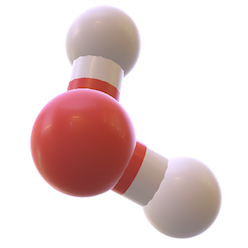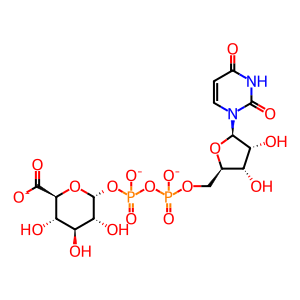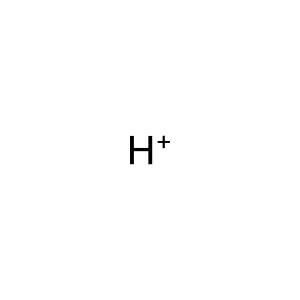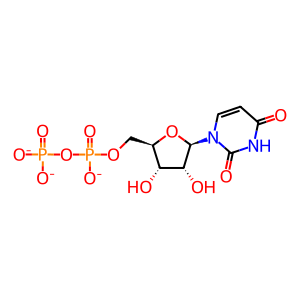Reaction: UGT1A3 lactonizes 2-OH-ATV to 2-OH-ATVL
- in pathway: Atorvastatin ADME
The acid form of 2-hydroxyatorvastatin (2-OH-ATV) can be converted to its lactone form (2-OH-ATVL) primarily by UDP-glucuronosyltransferase 1A3 (UGT1A3), with small contributions from UGT1A1 and 2B7 (Prueksaritanont et al. 2002, Schirris et al. 2015). The lactonization process involves the formation of an unstable acyl glucuronide intermediate (not described here). Increased generation of ATVL due to polymorphisms in UGT1A1, 1A3, and 2B7 may be contributing factors in statin-induced myopathies (Riedmaier et al. 2010). In vitro, the lactone forms of ATV show a higher potency to induce myotoxicity in human skeletal cells than their acid counterparts (Skottheim et al. 2008, Cho et al. 2012). Carriers of less strongly expressed alleles of UGT enzymes may have decreased exposure to the suspected muscle-toxic metabolite atorvastatin lactone (Stormo et al. 2013).
Reaction - small molecule participants:
2-OH-ATVL [cytosol]
H+ [cytosol]
GlcA [cytosol]
UDP [cytosol]
UDP-GlcA [cytosol]
Reactome.org reaction link: R-HSA-9756134
======
Reaction input - small molecules:
UDP-alpha-D-glucuronate(3-)
Reaction output - small molecules:
2-hydroxyatorvastatin lactone
hydron
D-glucuronate
UDP(3-)
Reactome.org link: R-HSA-9756134





